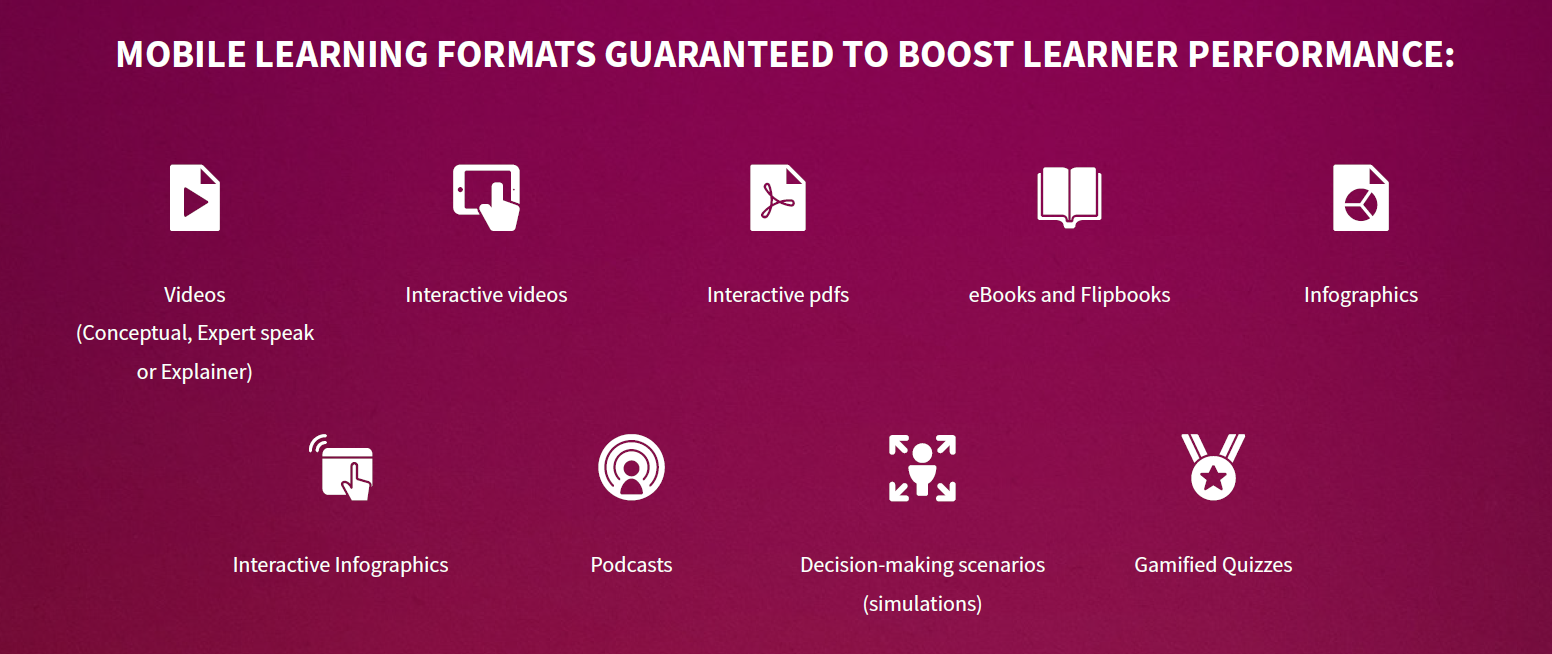8 Reasons Your Training Business Should Offer Online Learning

We've all seen online learning increasing in popularity over recent years, across both professional development and traditional education. Online learning is becoming the number one choice for learners and educators alike. This is leading to many educators, training professionals and L&D departments re-evaluating their approach to how they run their courses.
8 Reasons Your Training Business Should Offer Online Learning
1. Accessible to All
The internet is the one place that is accessible to the majority of your audience. This widens your target market massively. In uncertain times, more and more people are likely to opt for online learning as their most viable option.
Additionally, not everyone is set up to head into the classroom once, twice, or more times a week, for work, health or situational issues. Many people find social situations difficult and who struggle with traditional classroom-based environments.
Online classes give students the ability to structure learning around their time constraints and it allows the shyer learners to interact in group discussions with greater anonymity.
2. Distance Learning
Online learning allows people to attend a course that would otherwise be too far away for them to study. The ability to choose the best course or training program, without considering travelling distance, encourages more people to sign up to learn new skills.
This is very much the case amongst the adult learner population, who learn in their spare time. Businesses can run courses for teams all over the country, without the need for travel, or the expense of hiring venues/trainers for each event.
3. Personalisation
The use of an LMS (learning management system) allows trainers and L&D professionals to make the experience of their course attendees more personal to them. Both learners and trainers can access data showing progress so far, and suggestions or additions that are needed can be made based on the data. This can be utilised with even more proficiency when coupled with gamification, the use of an App, or the addition of training management software.
4. Mobile Learning
A trend that seems to be becoming more prevalent, is the use of mobile phones in conjunction with online learning. This means that learners have even more options when it comes to where and when they learn.
In a study conducted by Towards Maturity, they found that “53% [of workers] find location or IT is a barrier to learn online, so they are turning to mobile, with 64% saying accessing learning from a mobile device is essential/very useful”.
There is a wide range of mobile learning options available today which are outlined in the graphic below.
5. Offline Learning
Downloadable content on both mobile and desktop allows learners to access content, even when they don’t have an internet connection. This has obvious benefits, especially for people who work full-time and potentially want to learn while commuting, or during their lunch break.
6. Gamification
The gamification of online learning allows the user more control and motivates them to complete their training. Gamification can come in many guises: It can tap into the intrinsic competitive streak that most of us have or provide decision-based scenarios, that make learning more entertaining.
As a younger population of learners emerges; one that grew up playing and learning from computer games, it stands to reason that they would benefit most from this style of learning.
Recommended reading: eLearning vs Gamification: Which is Right For Your Business?
7. Lower Costs
Most online courses are far more cost-effective, for both learners and training providers. Learners don’t incur the travel and subject material costs associated with classroom learning, while administrators don’t have to hire a classroom and trainers for every course they run. Content can be updated electronically and instantly, rather than training teams incurring the expense of producing new course material each time there’s an update.
The example below is a ROI comparison of traditional classroom training and an eLearning equivalent.

As you can see, by offering a purely online option: costs are slashed by up to £9,500 (55%) for internal learning and development and £3,000 (50%) for commercial training.
8. BYOD
BYOD or ‘Bring Your Own Device’ means that learners can use the hardware they are comfortable with and get stuck straight into their course materials faster. Using technology that people enjoy and are used to using every day is another way to keep learners engaged and motivated. It's also a cost saving as a training provider as you are not required to provide and service equipment.
Learn more: How to make boring training content engaging and fun
Is Online Learning Right for Your Business?
Good online learning is in general, a more accessible, more flexible way of learning and training. However, there are upsides to classroom-based learning that need to be considered when deciding what works best for your employees, clients and business style.
Many trainers are choosing a blend of the two (blended learning), in order to utilise the strengths of both options. With the obvious benefits to both learners and trainers, it stands to reason that online learning is only going to grow in popularity, so keeping ahead of the curve is something all training providers need to consider.
How can accessplanit help?
With everything from Learner Portals to integration with Moodle - accessplanit has plenty of ways to help your company create an eLearning experience for your learners. Book a demo today to find out more.



